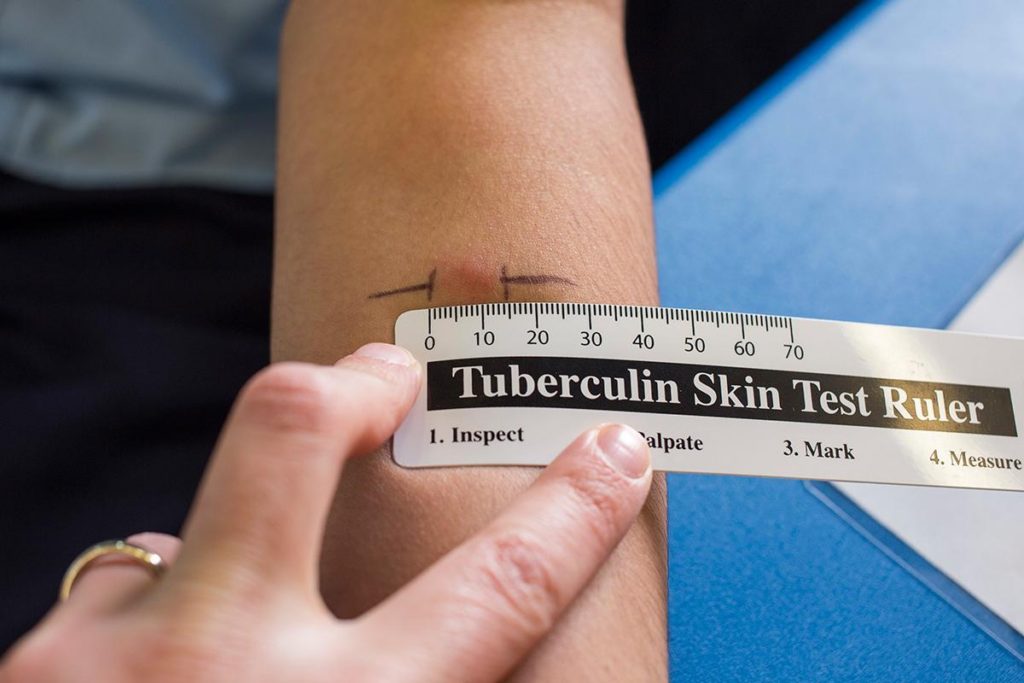Summary
Background
Tuberculosis remains a leading cause of global mortality, especially for adults and children living with HIV (CLHIV) underdiagnosed by sputum-based assays. Non-sputum-based assays are needed to improve tuberculosis diagnosis and tuberculosis treatment monitoring. Our aim in this study was to determine whether ultrasensitive detection of Mycobacterium tuberculosis cell-free DNA (Mtb-cfDNA) in blood can diagnose tuberculosis and evaluate tuberculosis treatment responses.
Methods
In this molecular diagnostics study we analysed archived serum from two patient populations evaluated for tuberculosis in Eswatini and Kenya to detect Mtb-cfDNA, analysing serum from all individuals who had both sufficient serum volumes and clear diagnostic results. An optimised CRISPR-mediated tuberculosis (CRISPR-TB) assay was used to detect Mtb-cfDNA in serum at enrolment from adults and children with presumptive tuberculosis and their asymptomatic household contacts, and at enrolment and during tuberculosis treatment from a cohort of symptomatic CLHIV at high risk for tuberculosis, who provided longitudinal serum at enrolment and during tuberculosis treatment.
Findings
CRISPR-TB identified microbiologically and clinically confirmed tuberculosis cases in the predominantly HIV-negative Eswatini adult cohort with 96% sensitivity (27 [96%] of 28, 95% CI 80–100) and 94% specificity (16 [94%] of 17, 71–100), and with 83% sensitivity (5 [83%] of 6, 36–100) and 95% specificity (21 [95%] of 22, 77–100) in the paediatric cohort, including all six cases of extrapulmonary tuberculosis. In the Kenyan CLHIV cohort, CRISPR-TB detected all (13 [100%] of 13, 75–100) confirmed tuberculosis cases and 85% (39 [85%] of 46, 71–94) of unconfirmed tuberculosis cases diagnosed by non-microbiological clinical findings. CLHIV who were CRISPR-TB positive at enrolment had a 2·4-times higher risk of mortality by 6 months after enrolment. Mtb-cfDNA signal decreased after tuberculosis treatment initiation, with near or complete Mtb-cfDNA clearance by 6 months after tuberculosis treatment initiation.
Interpretation
CRISPR-mediated detection of circulating Mtb-cfDNA shows promise to increase the identification of paediatric tuberculosis and HIV-associated tuberculosis, and potential for early diagnosis and rapid monitoring of tuberculosis treatment responses.
Funding
US Department of Defense, National Institute of Child Health and Human Development, National Institute of Allergy and Infectious Diseases, University of Washington Center for AIDS Research, and the Weatherhead Presidential Endowment fund.
Introduction
There are an estimated 10·0 million people diagnosed with tuberculosis and 1·2 million tuberculosis-related deaths annually.1 Tuberculosis diagnosis remains challenging and is still widely dependent on sputum-based microbiological methods that have reduced performance in young children and people living with HIV (PLHIV),2, 3 for whom difficult sample collection and immunosuppression can contribute to paucibacillary respiratory samples,2, 4 and individuals with extrapulmonary tuberculosis. Rapid, non-sputum-based tests are thus needed to improve tuberculosis diagnosis and to evaluate tuberculosis treatment responses.5
Sensitive detection of pathogen-derived cell-free DNA (cfDNA) in the circulation has potential for diagnosis and treatment evaluation,6, 7, 8 but PCR-based studies that have analysed circulating Mycobacterium tuberculosis cfDNA (Mtb-cfDNA) have reported poor and highly variable diagnostic sensitivity.9, 10, 11 Clustered regularly-interspaced short palindromic repeats (CRISPR)-Cas12a cleavage activity can be used to enhance detection sensitivity, given that binding of a Cas12a guide RNA (gRNA) complex to its target DNA sequence can be used to cleave a quenched fluorescent probe, causing an enzymatic signal amplification that can markedly enhance the detection of low-concentration target sequences. This approach has been applied to detect M tuberculosis-derived DNA targets in sputum,12, 13 but had poor performance when applied to detect circulating Mtb-cfDNA,14 because of the high cfDNA limit of detection (LOD) of the employed diagnostic assay.







